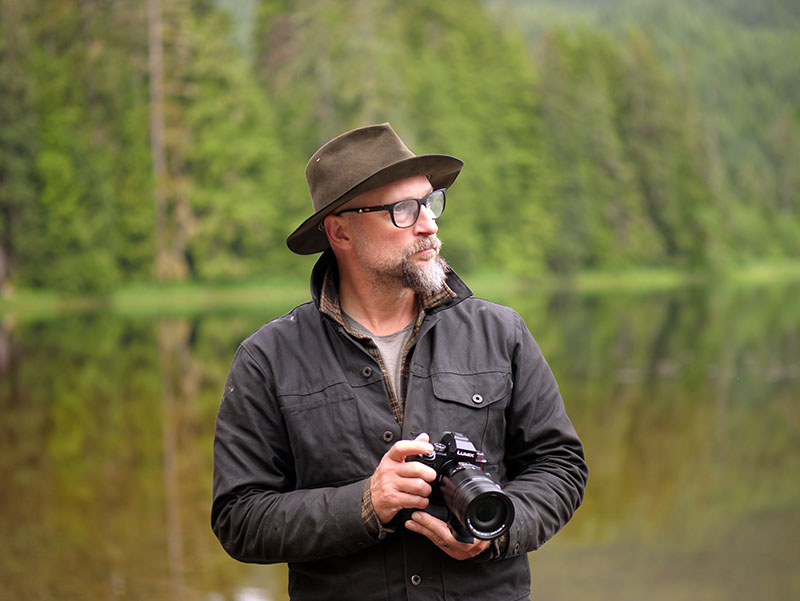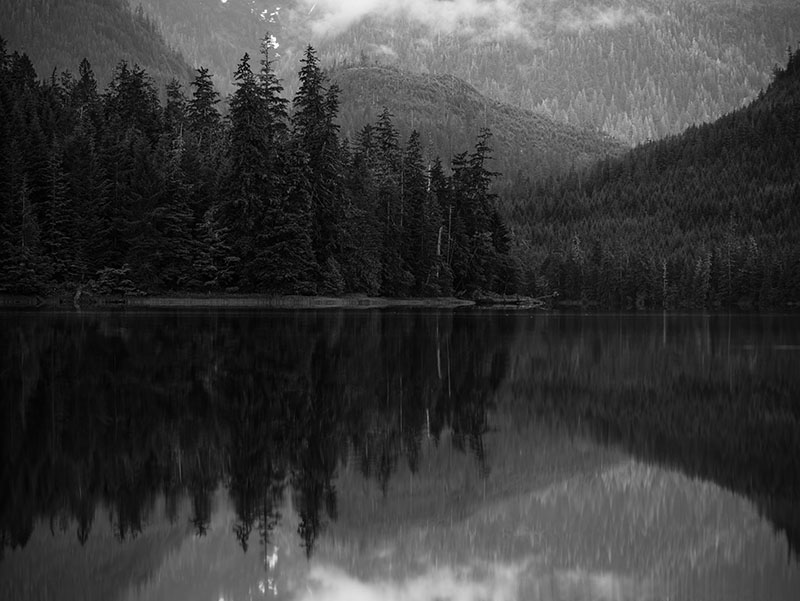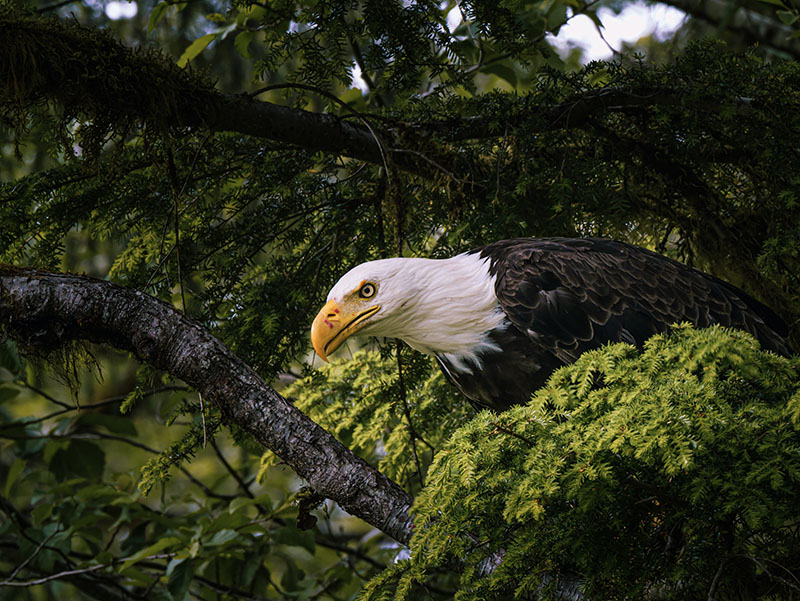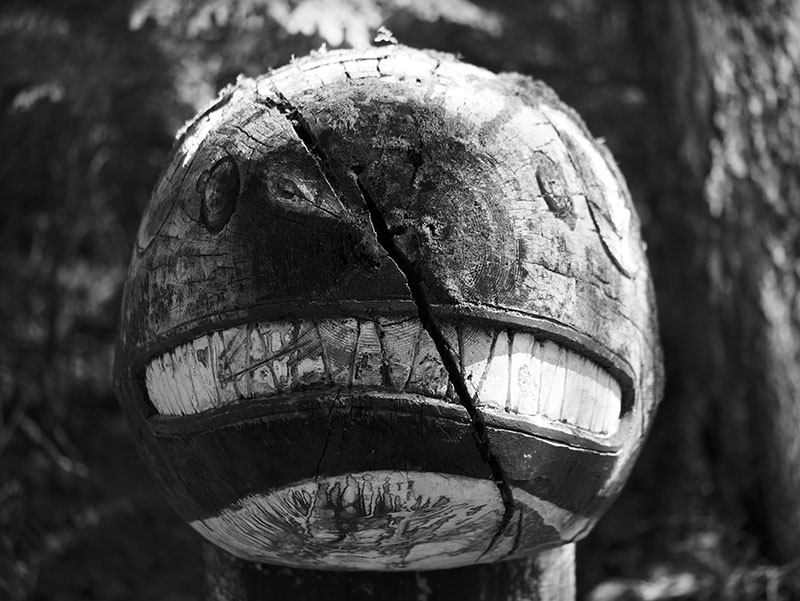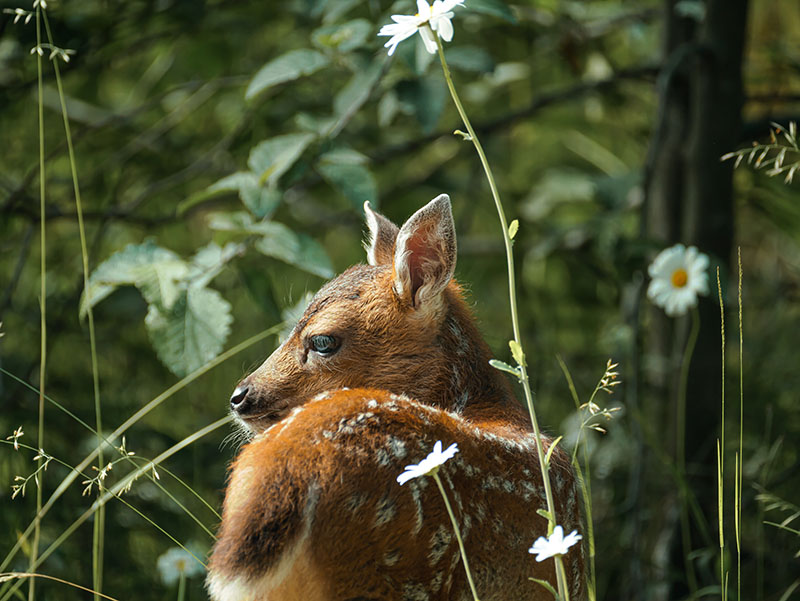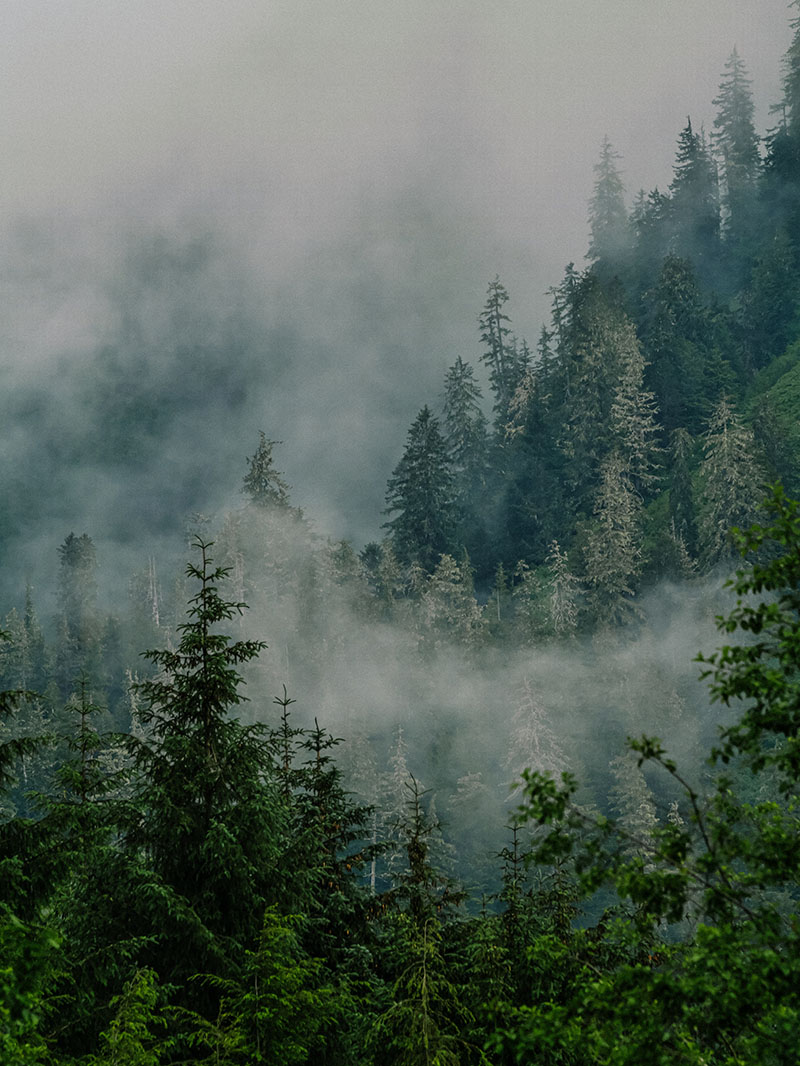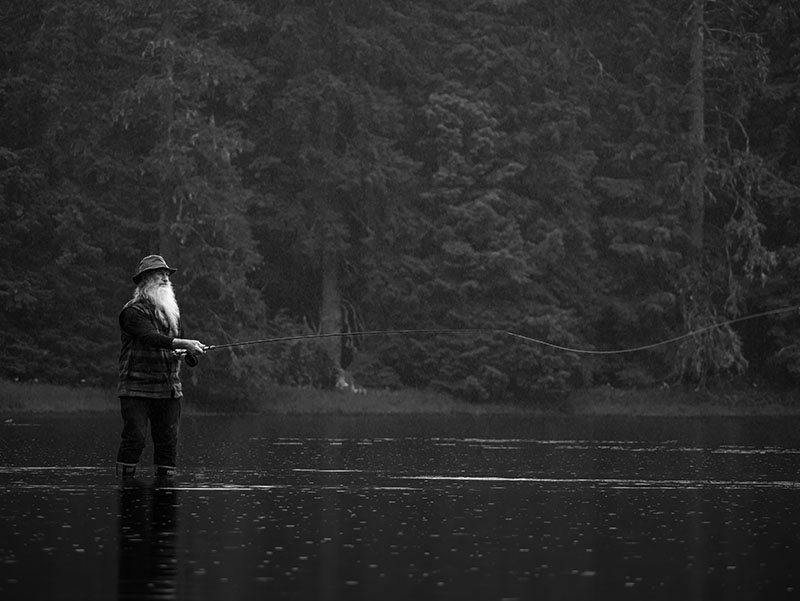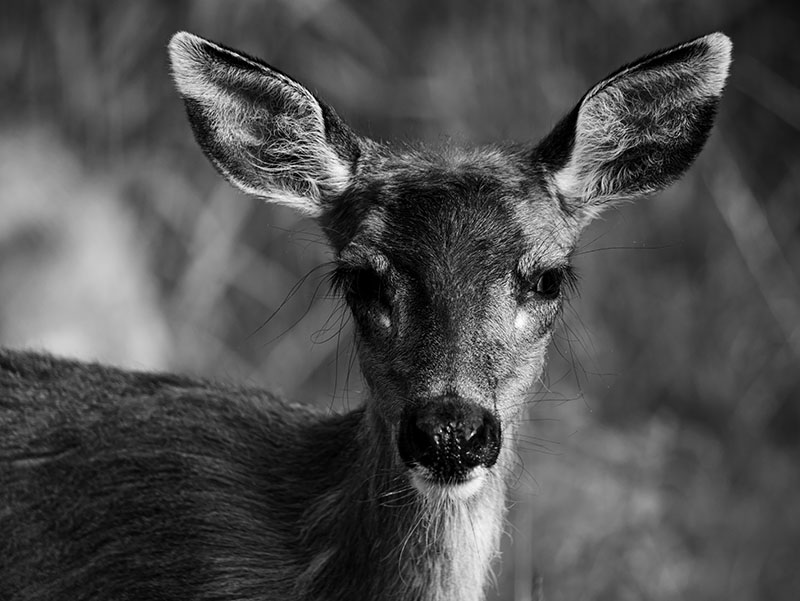Ben Staley uses G9II for wildlife photography
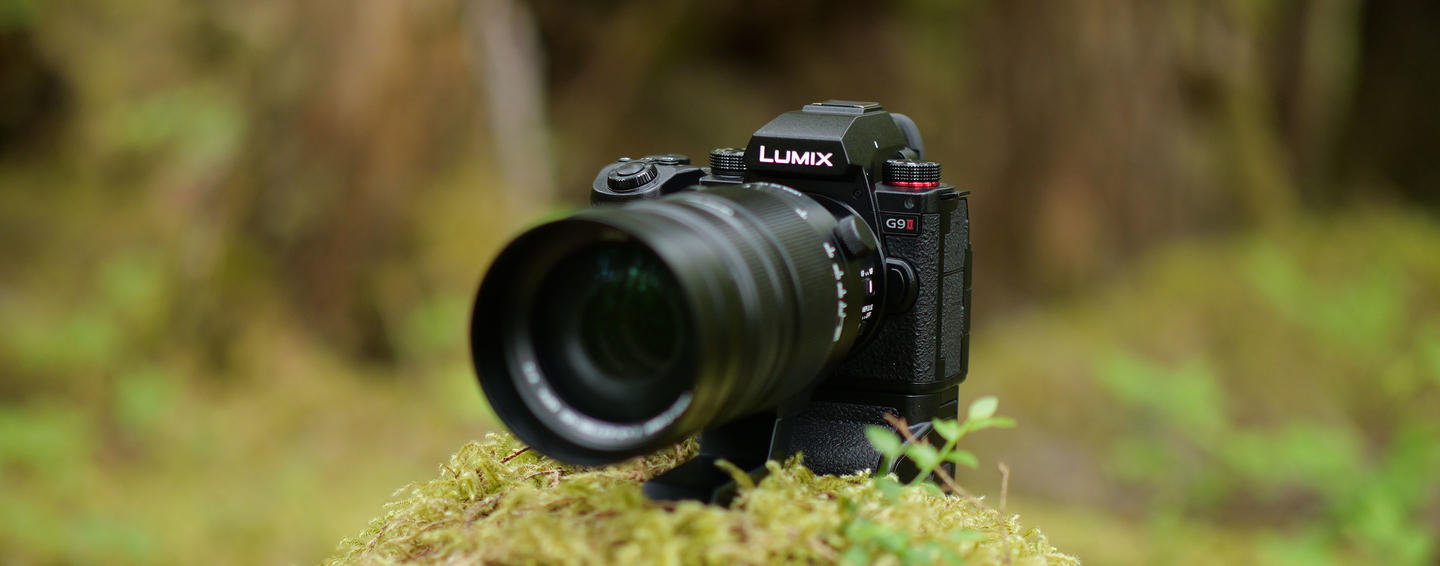
LUMIX G9II | Wildlife Photography
Photographer Ben Staley captures beautiful and rugged terrain on Prince of Wales Island in Alaska with the G9II
Born and raised in the rugged wilderness of Alaska, Ben Staley’s childhood lacked modern amenities such as electricity, running water and television. Instead, he found solace in the world of books, which allowed his imagination to roam freely. As he grew older and discovered the cinema, he became fascinated by the art of filmmaking. The camera became his most cherished possession, igniting a lifelong passion for visual storytelling.
Today, Staley channels his storytelling passion into the arenas of directing, cinematography, and photography, and his work encompasses a vast array of projects, from independent films to music videos, commercials to documentaries. He has collaborated and created projects with several networks and brands, including Netflix, Discovery Channel, Nat Geo, History Channel, A&E, Spike, and Red Bull, among many others.
Photographer Ben Staley prepares for a shot with the G9II.
Prince of Wales Island
Staley recently shot a wildlife and landscape project with the new LUMIX G9II on the Prince of Wales Island in southeast Alaska. The G9II contains a 25MP MFT sensor and an 11th Generation Venus engine, offering high image quality, exceptional recognition capabilities, and improved high-speed performance. According to Staley, Prince of Wales Island is one of the wildest, yet most beautiful environments on the planet. “The foliage and the forests are just so dense and difficult to maneuver in,” he explained. “I've got this incredibly compact, yet powerful little camera package and it's just allowed me to get some shots that I think I would really struggle with when using bigger, heavier gear.”
Prince of Wales Island has been on Staley’s radar for a long time, and he knew it would be the perfect location to capture both wildlife and landscapes with the G9II. “I have been hearing about the island for decades, it's hard to get to, very unique and absolutely loaded with wildlife of all kinds,” said Staley. “I knew I would need a little help on such a remote and challenging location, so I reached out to my friend Charlie Ess, a journalist and amateur filmmaker, who lives in Alaska and has actually been to the island six or seven times and knows it well.”
Because of the difficult environment of Prince of Wales Island, Staley needed a compact camera to easily move around.
See how Ben Staley used the G9II's High Resolution Shot Mode and Leica Monochrome color profile
New Phase Hybrid AF
Staley tasked Ess with identifying key locations to shoot at, as well as securing lodging and transportation on the island. Because the interior of the island is dense and sometimes impenetrable, the beautiful coastline is equally difficult to access without a trail or road, so the two rented a boat. “The cool thing about LUMIX MFT cameras is the size and weight,” revealed Staley, “and I was able to travel with multiple bodies and focal lengths ranging from 9mm all the way up to 400mm and enough batteries for several days, all in a medium sized backpack. I needed to be prepared for anything and everything we might encounter on any given day. I didn't want to miss a shot.”
G9II is the first LUMIX Micro Four Thirds camera to use a new and improved Phase Detect Autofocus system, using advanced AI power for improved subject separation, including animal eyes, cars, and motorcycles. With the new AI, Staley was able to photograph animals in less-than-ideal conditions by narrowing down his recognition targets. “I was photographing an eagle high up in a tree,” explained Staley, “and he was way back up under the canopy. Most autofocus systems would catch all this stuff in the foreground – all these branches and leaves and things, but the G9II just picked up this eagle deep back into the canopy, locked onto its eye, and I captured crisp images.”
Staley used the G9II's new Animal Eye Detect to capture an eagle high up in a tree
See how Ben Staley uses the G9II's Phase Hybrid AF system
Lenses and High Resolution Shot Mode
Staley used several lenses for his project, including the 12-60mm F2.8-4.0 ASPH LEICA DG VARIO-ELMARIT, LUMIX G NS043 42.5mm F1.2 ASPH LEICA DG NOCTICRON, and H-X09 9mm F1.7 ASPH Leica DG Summilux. His workhorse lens was the new LEICA DG VARIO-ELMAR 100-400mm/F4.0-6.3 II ASPH, ideal for capturing wildlife. “That lens is amazing,” he said. “It's a stabilized lens and I can shoot handheld at an effective 800mm focal length (35mm equivalent). With a stabilized lens, and in-body stabilization of the G9II, I can shoot with long lenses and get a very stable image, even at slow shutter speeds. I've been shooting streams and water moving handheld with a very slow shutter and getting sharp, amazing results.”
One feature Staley loved was the G9II’s Handheld High-Res mode. Using the B.I.S. (Body Image Stabilization), Handheld High-Res mode captures eight consecutive images by shifting the sensor, and then merges the images into one large image file. “I've been capturing highly detailed 100-megapixel shots handheld, so with the stabilized lenses and the in-body stabilization of the G9II, you can shoot with long lenses while still capturing a very stable image.”
With it's supreme image stabilization, Staley captured 100-megapixel images using the G9II’s Handheld High-Res mode. Download the 100MP JPEG file here.
Like the S5II(X), the G9II incorporates the Real Time LUT function, which allows you to apply a LUT (lookup table) to your footage in-camera. Instead of uploading his own LUTs, Staley made better use of the new Leica Monochrome photo style. Designated by Leica, Leica Monochrome features a deep black-and-white contrast with highlights that are brighter than L. Monochrome D photo style. “I think I'm kind of addicted to Leica Monochrome, just the contrast and the tonality,” explained Staley. “It makes it really pleasing to look at in the viewfinder and I'm shooting RAW, but I'm also capturing JPEGs and they look amazing to me. Usually, I've always wanted to take the RAW files and edit them myself, but I am so happy with this Leica Monochrome Color profile. The JPEGs that this camera produces might just change my workflow. I really love it.”
Staley believes the G9II would be an outstanding camera for a wide range of photography genres. “The powerful specs and compact size of the body and lenses would make it ideal for wedding and adventure shooters, for sports and definitely for wildlife photography with the new animal detect autofocus,” he explained. “Having been to both the Peruvian Amazon and several countries in Africa, I believe the G9II is an ideal wildlife camera for a challenging location where every ounce matters and you can't skimp on the capability of the camera.”
To see more of photographer Ben Staley's work, click through here.
More G9II photos on Prince of Wales Island by Ben Staley
